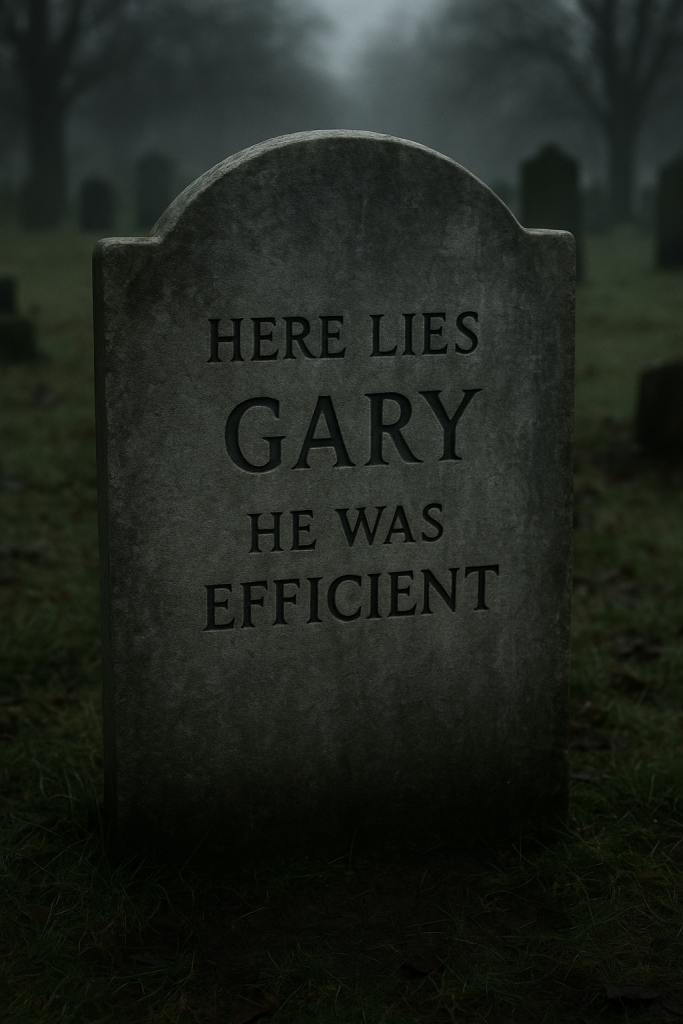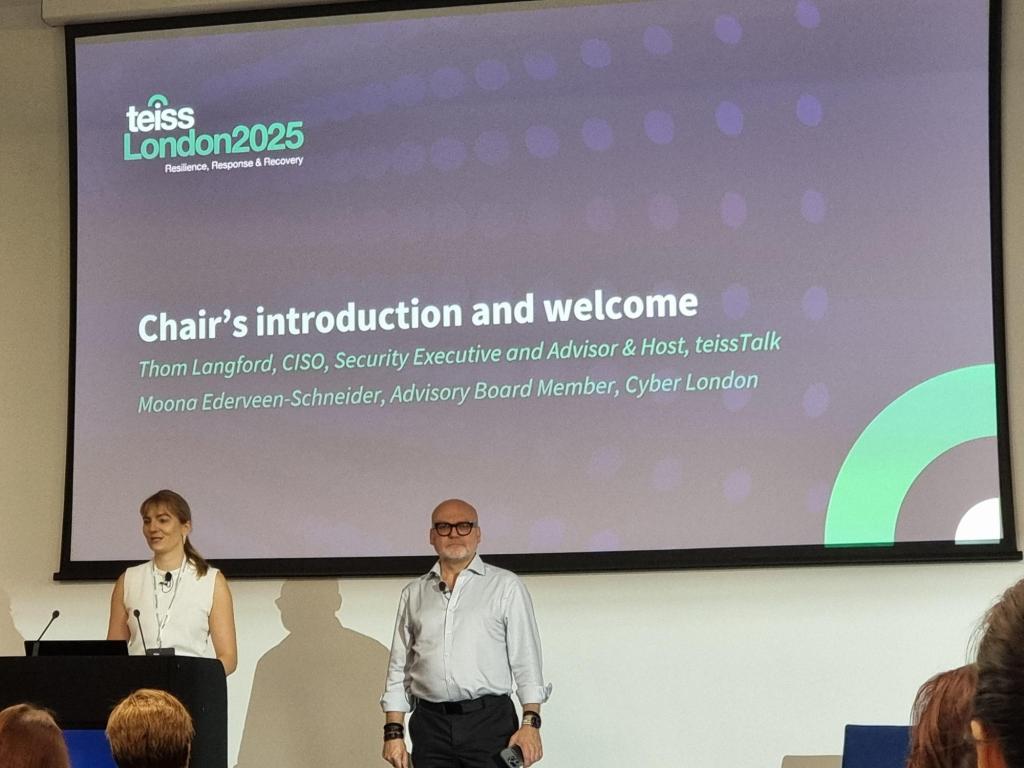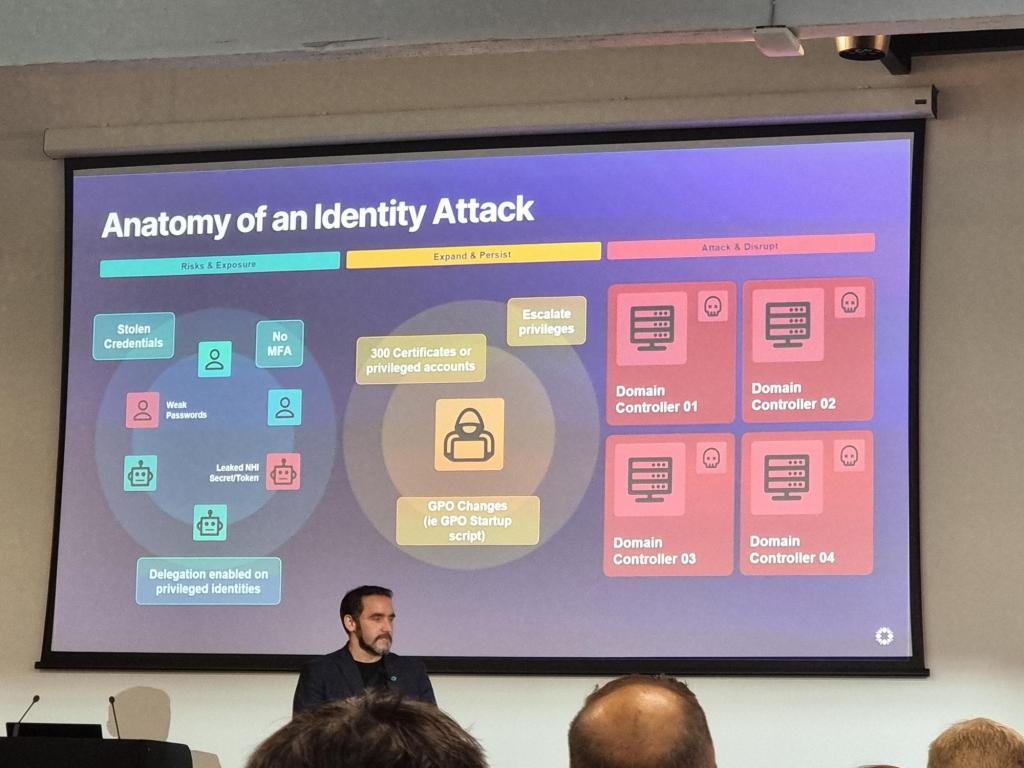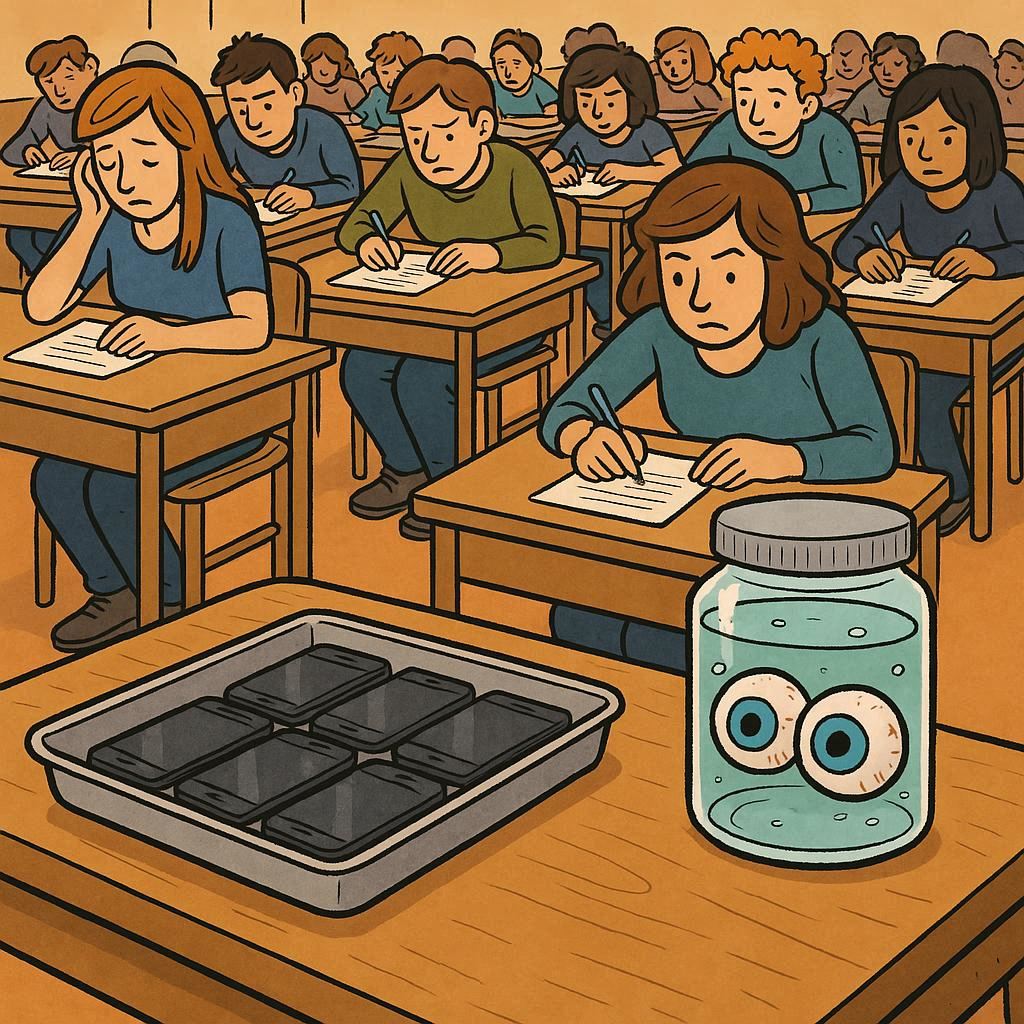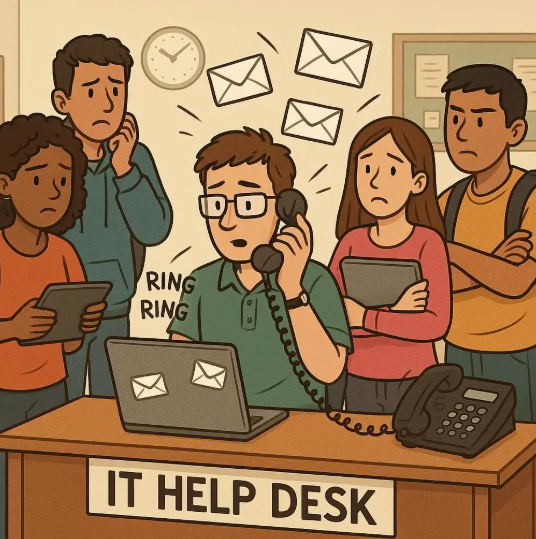
I’m a football fan. I love the game, the drama, the unpredictability although don’t get me started on VAR. I’ll admit, my team is having a bit of a rough patch right now. We’re not playing well, the performances are shaky, but I still find myself hoping for a win, no matter how it comes. A scrappy goal in the 89th minute? I’ll take it. A lucky deflection? Fine by me. Three points are three points.
That got me thinking about education.
Because in many ways, education today feels a lot like football. It’s all about the result. For students, parents, and even universities, the final grade is what matters. An A* is an A*, and a D is a D, regardless of how you got there. Whether you coasted through with natural talent, worked tirelessly every night, or crammed in the final weeks, the grade on the certificate is the same. Just like in football, where a win is a win, no matter how ugly the game was.
But should it be that way?
If education is truly about learning, about growth, development, and preparing young people for the future, then surely the journey matters just as much, if not more, than the destination.
The Scoreline Obsession
Grades are the currency of education. They open doors to continued education, to universities, apprenticeships, and jobs. They’re used to measure school performance, teacher effectiveness, and student potential. In a system so heavily focused on outcomes, it’s no wonder that the process of learning often takes a back seat.
This results-driven culture can be seen everywhere: revision guides that promise top marks with minimal effort, tutoring services that focus solely on exam technique, and students who ask, “Will this be on the test?” rather than, “Why does this matter?”
It’s understandable. Just like football fans want to see their team win, students and parents want to see results. But when we focus only on the final score, we risk missing the bigger picture.
Learning as the Journey
Imagine a football team that wins every game but never improves. They scrape by with luck, individual brilliance, or opposition mistakes. They don’t train hard, they don’t develop tactics, and they don’t build team chemistry. Eventually, that luck runs out.
The same is true in education. A student might achieve a top grade through memorisation or last-minute cramming, but what happens when they face a university course that demands critical thinking, independent research, or long-term project work? What happens when they enter the workplace and need to collaborate, adapt, and solve real-world problems? And collaboration, critical thinking and other so called “soft-skills” are going to be all the more important in a world of AI, robotics and other tech tools.
Learning is the training ground. It’s where students build the skills, habits, and mindset they’ll need for life beyond the classroom. It’s where they learn to fail, to reflect, to try again. It’s where they discover what they’re passionate about, what they’re good at, and what they need to work on.
If we reduce education to a scoreboard, we risk turning it into a game of short-term wins rather than long-term growth. What we measure, in tests, in coursework and other things which are easily measurable becomes what matters, rather than focusing and measuring what really matters; learning.
The Pressure to Perform
There’s another side to this too. When results are all that matter, the pressure on students can be immense. Just like footballers who fear making a mistake in front of a hostile crowd, students can become anxious, disengaged, or even burnt out.
We see this in rising levels of exam stress, in students who feel like failures because they didn’t get the grade they hoped for, and in those who give up entirely because they believe the system isn’t built for them.
But if we shift the focus to learning, to progress, effort, and resilience, we might create a more inclusive, supportive environment. One where students are encouraged to take risks, to ask questions, and to grow at their own pace.
Rethinking Success
So how do we balance the need for results with the value of the journey?
We can start by redefining what success looks like. Yes, grades matter. But so does curiosity, creativity, collaboration, and character. We need to celebrate improvement and engagement as much as achievement. We can value the process of learning, not just the product.
Teachers can design lessons that encourage exploration and reflection. Parents can ask about what their children learned, not just what they scored. Universities and employers can look beyond grades to see the whole person.
And students? They can be reminded that their worth isn’t defined by a single letter on a piece of paper.
Final Whistle
Don’t get me wrong, I still want my football team to win. And I understand why students want top grades. But just like in football, where the best teams are those that grow, adapt, and play with purpose, the best education systems are those that value the journey as much as the result.
Because in the end, it’s not just about what you achieve. It’s about who you become along the way.




